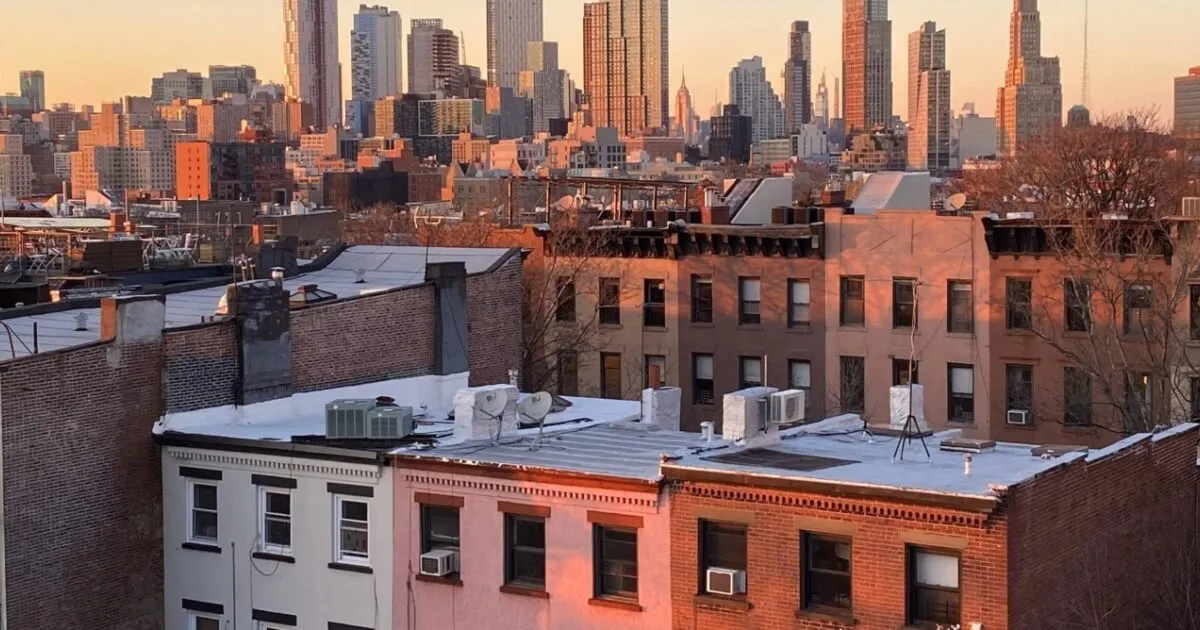What Is NYC's City of Yes Zoning Plan — And Why CivicReset Supports It


These days, whenever zoning reform in New York City comes up, one phrase is almost always part of the discussion: City of Yes for Housing Opportunity. So what exactly is City of Yes? What does it call for, when will it take effect, why is it controversial — and why does CivicReset support it?
The City of Yes Zoning for Housing Opportunity Plan is a major citywide rezoning initiative aimed at allowing higher‑density housing, especially near transit hubs, to help address NYC's housing crisis. It projects the development of roughly 80,000 new homes spread across all five boroughs over the next fifteen years. It's a great start — but it isn't enough. As Assemblymember Zohran Mamdani has noted, the plan doesn't go far enough. Several of its most transformative elements were watered down in the final version. Here's what passed — and why it matters.
The 8 Core Policies in City of Yes
1. Universal Affordability Preference (UAP)
Developers in medium‑ and high‑density areas can now build up to 20% more housing if they dedicate 20% of that extra space to permanently affordable units. The affordability target is set at about 40% of Area Median Income (AMI) — lower than originally proposed — to make these bonus units accessible to lower‑income households.
2. Accessory Dwelling Units (ADUs)
Homeowners in one‑ and two‑family houses can now add a small secondary unit (up to 800 sq ft) for rental income, extended family, or other purposes. Allowed citywide with restrictions in flood zones and certain historic districts, these units require owner occupancy. Short‑term rentals are prohibited.
3. Office‑to‑Residential Conversions
Older non‑residential buildings — including those built as recently as 1991 — can now be converted into housing citywide. This makes it far easier to repurpose underused office space into apartments, especially in high‑vacancy areas.
4. Town Center Zoning
Re‑legalizes mixed‑use housing above local storefronts in low‑density areas. Allows small‑scale, 3–5 story walk‑ups in designated neighborhood "town centers," increasing housing near business corridors without full‑scale rezoning.
5. Transit‑Oriented Development
Allows more housing near major transit hubs — particularly within a ¼‑mile radius of LIRR and Metro‑North stations. Encourages walkable, lower‑rise apartment buildings, with affordability requirements for larger projects.
6. Parking Mandate Reform
Eliminates mandatory parking minimums in high‑transit areas (Zone 1), reduces them in moderate‑transit areas (Zone 2), and retains them in car‑dependent outer boroughs (Zone 3). Developers can apply for waivers to avoid overbuilding parking.
7. Campus Infill
Universities, hospitals, and other large institutions can now develop housing or related facilities on their campuses with fewer zoning hurdles. This unlocks underutilized land for student, staff, and potential community housing.
8. Small and Shared Housing
Reverses mid‑20th‑century bans on shared housing and small apartments. Allows more studios, one‑bedrooms, and apartments with shared kitchens or facilities. This expands affordable housing options for single residents and frees up larger family units.
Phased Implementation & Potential Impact
The implementation of these eight policies is being rolled out in phases, but they represent some of the most significant zoning changes in decades. The plan not only incentivizes developers to build permanently affordable housing — rather than exclusively luxury developments — but also makes it easier to create affordability across the city.
With the legalization of shared facility units, accessory units, and town center housing, there is now a real pathway to expand affordable housing options. At the same time, NYC's office vacancy rate remains inflated, with some neighborhoods seeing rates above 20%, particularly in older buildings. Converting these offices — along with unused institutional land — into housing is vital for meeting the city's needs.
Where City of Yes Fell Short
The most glaring shortcoming is the Parking Mandate Reform revision. The original proposal would have eliminated all parking minimums citywide for new housing, freeing up land for more homes instead of parking lots, reducing congestion, cutting emissions, and encouraging public transit use. The final version compromised with a three‑zone system that still requires parking in many areas.
Beyond parking, several other elements were narrowed during the legislative process:
- Town Center Zoning is limited to specific overlays instead of all low‑density districts.
- Transit‑Oriented Development now includes affordability requirements for large projects, which could deter some developers.
- Office‑to‑Residential Conversions retained eligibility cut‑offs and zoning exclusions.
- Campus Infill faces additional review in certain neighborhoods.
CivicReset's View
If you didn't know what City of Yes was — now you do. And if you did, you now know it's not the end but a step toward a broader vision. At CivicReset, we see City of Yes as a starting point. If New York is serious about solving its housing crisis, it must go further — breaking down outdated zoning barriers, expanding affordability, and ensuring that every neighborhood shares in balanced housing growth.
The work isn't done, and neither are we.
Written by Farid Sofiyev
Learn more, share your story, or get involved at civicreset.org or email info@civicreset.org.